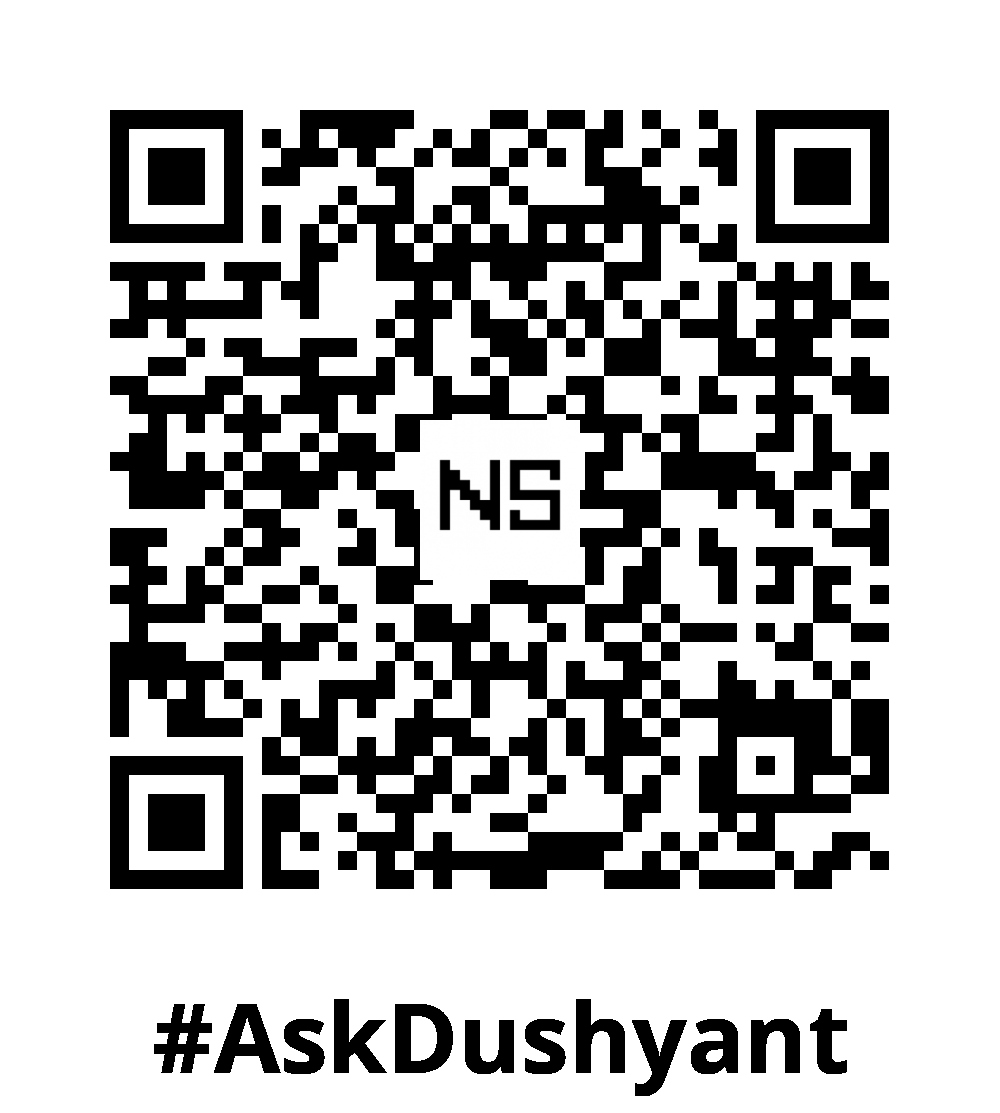Natural Language Processing (NLP) has transformed how machines understand and interact with human language. At the forefront of this transformation is Hugging Face, a platform that has become synonymous with cutting-edge NLP tools, pre-trained models, and collaborative innovation. Whether you’re a beginner or an experienced practitioner, Hugging Face provides everything you need to build, fine-tune, and deploy state-of-the-art NLP models.
With ~20 years of corporate tech experience, I’ve worked and partnered with numerous startups and scalable businesses, guiding them through the complexities of technology to achieve remarkable growth. I empower them to not just adapt to the future, but to create it keeping cost low. In this tech concept, I’ll share Hugging Face’s ecosystem in detail, covering its key components, tools, and how you can leverage them to supercharge your NLP projects.
What is Hugging Face?
Hugging Face is a leading platform for NLP and machine learning, offering open-source tools and resources that empower developers and researchers. It’s best known for its Transformers library, which provides thousands of pre-trained models for tasks like text classification, translation, summarization, and more. Beyond NLP, Hugging Face also supports computer vision, audio processing, and multimodal tasks.
The platform is built on three core pillars:
- Open-source libraries: Tools like
transformers,datasets, andaccelerate. - Model Hub: A repository of pre-trained models and datasets shared by the community.
- Spaces: A platform to build and share ML-powered applications.
Key Concepts and Tools
1. Transformers Library
The transformers library is the backbone of Hugging Face. It offers a unified API for working with pre-trained models like BERT, GPT, T5, DeepSeek and RoBERTa. These models can be used for a wide range of tasks, including:
- Text classification
- Named entity recognition (NER)
- Text generation
- Translation
- Summarization
- Question answering
Example: Sentiment Analysis
from transformers import pipeline
# Use a pre-trained model for sentiment analysis
classifier = pipeline("sentiment-analysis")
result = classifier("I love Hugging Face!")
print(result) # Output: [{'label': 'POSITIVE', 'score': 0.9998}]2. Pre-trained Models
Hugging Face’s Model Hub hosts thousands of pre-trained models, making it easy to find and use models tailored to your needs. Popular models include:
- BERT: Bidirectional Encoder Representations from Transformers.
- GPT: Generative Pre-trained Transformer.
- T5: Text-to-Text Transfer Transformer.
- RoBERTa: A robustly optimized BERT variant.
- DeepSeek: Recently added low cost generative AI from china.
Example: Loading a Pre-trained Model
from transformers import AutoModelForSequenceClassification, AutoTokenizer
# Load a pre-trained BERT model and tokenizer
model_name = "bert-base-uncased"
model = AutoModelForSequenceClassification.from_pretrained(model_name)
tokenizer = AutoTokenizer.from_pretrained(model_name)3. Tokenization
Tokenization converts raw text into numerical inputs that models can understand. Hugging Face’s tokenizers handle tasks like splitting text into words/subwords, adding special tokens, and converting tokens to IDs.
Example: Tokenizing Text
from transformers import AutoTokenizer
# Tokenize text using a pre-trained tokenizer
tokenizer = AutoTokenizer.from_pretrained("bert-base-uncased")
text = "Hello, Hugging Face!"
tokens = tokenizer(text, return_tensors="pt")
print(tokens) # Output: {'input_ids': tensor([...]), 'attention_mask': tensor([...])}4. Pipelines
Pipelines simplify common NLP tasks by handling tokenization, model inference, and post-processing in a single step. Supported tasks include text classification, NER, text generation, translation, summarization, and question answering.
Example: Text Generation
from transformers import pipeline
# Generate text using a pre-trained GPT-2 model
generator = pipeline("text-generation", model="gpt2")
result = generator("Once upon a time", max_length=50)
print(result)5. Datasets Library
The datasets library provides access to thousands of pre-processed datasets for NLP and other ML tasks. It integrates seamlessly with the transformers library, making it easy to load and preprocess data.
Example: Loading a Dataset
from datasets import load_dataset
# Load the IMDB movie reviews dataset
dataset = load_dataset("imdb")
print(dataset["train"][0]) # Access the first training example6. Fine-Tuning
Fine-tuning adapts pre-trained models to specific tasks or datasets. Hugging Face’s Trainer API simplifies this process.
Example: Fine-Tuning a Model
from transformers import Trainer, TrainingArguments
# Set up training arguments
training_args = TrainingArguments(
output_dir="./results",
num_train_epochs=3,
per_device_train_batch_size=16,
)
# Initialize the Trainer
trainer = Trainer(
model=model,
args=training_args,
train_dataset=train_dataset,
eval_dataset=eval_dataset,
)
# Fine-tune the model
trainer.train()7. Accelerate Library
The accelerate library simplifies running models on multiple GPUs or TPUs, abstracting away the complexity of distributed training.
Example: Using Accelerate
from accelerate import Accelerator
# Initialize the Accelerator
accelerator = Accelerator()
model, optimizer, dataloader = accelerator.prepare(model, optimizer, dataloader)8. Spaces
Hugging Face Spaces allows you to create and share ML-powered web applications using Gradio or Streamlit.
Example: Building a Gradio App
import gradio as gr
from transformers import pipeline
# Create a sentiment analysis pipeline
classifier = pipeline("sentiment-analysis")
# Define a function to analyze text
def analyze(text):
return classifier(text)[0]
# Launch the Gradio interface
iface = gr.Interface(fn=analyze, inputs="text", outputs="label")
iface.launch()9. Evaluation Metrics
Hugging Face’s evaluate library makes it easy to compute standard metrics like accuracy, F1 score, and more.
Example: Computing Accuracy
from evaluate import load
# Load the accuracy metric
accuracy = load("accuracy")
results = accuracy.compute(references=[0, 1, 0], predictions=[0, 1, 1])
print(results) # Output: {'accuracy': 0.6667}10. Inference API
Hugging Face’s Inference API allows you to run models in the cloud without setting up your own infrastructure.
Example: Using the Inference API
import requests
# Send a request to the Inference API
API_URL = "https://api-inference.huggingface.co/models/bert-base-uncased"
headers = {"Authorization": "Bearer YOUR_API_TOKEN"}
data = {"inputs": "I love Hugging Face!"}
response = requests.post(API_URL, headers=headers, json=data)
print(response.json())Why Choose Hugging Face?
- Open-source and community-driven: Hugging Face fosters collaboration and innovation.
- Ease of use: High-level APIs like pipelines and
Trainermake NLP accessible. - Scalability: Tools like
accelerateand Inference Endpoints support large-scale deployments. - Ethical AI: Hugging Face emphasizes transparency, fairness, and responsible AI practices.
My Tech Advice: Hugging Face has democratized NLP, making it easier than ever to build and deploy powerful language models. Personally, it has exponentially reduced the complexity of Generative AI tasks keeping the workflow simple. Through its Diffusion model, I have created numerous innovative AI assets. Whether you’re a researcher, developer, or hobbyist, Hugging Face’s tools and community can help you achieve your goals. Start exploring today and unlock the full potential of NLP!
#AskDushyant
#TechConcept #TechAdvice #HuggingFace #ML #NLP #AI


Leave a Reply